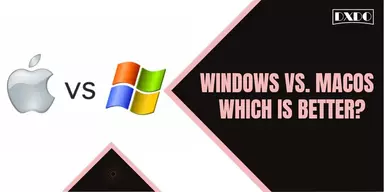Before starting this article, I want to introduce you to a brief history of the iPhone. iPhone is Apple’s touchscreen smartphone, which includes a device including a computer, iPod, digital camera, and cell phone. Although the Apple iPhone was not the first smartphone, it was instrumental in accelerating the global change in mobile computing between consumers and businesses.
iPhone – Think Different, But Not Too Different
In 1976, Steve Jobs and Steve Wozniak created Apple and since then it become one of the most popular companies in the computer and smartphone industries. Personal computers, Distinct operating systems, and visually stunning cell phone designs are key components of the company.
In January 2007, Steve Jobs announced at the Macworld Conference that he was ready to unveil a phone. After a few months, the first iPhone was made and launched in the market on 29 June 2007. The iPhone was the first touchscreen phone to include an MP3 player (music player) and a fully functional web browser.
In its first nine years, the iPhone sold more than a billion handsets, and in 2019 Apple accounted for 53.89% of sales. Apple’s iPhone has a 23.4% share of the global market, more than any other smartphone maker. The iPhone is used by over one billion people worldwide.
The design changes of all models of iPhone with the pictures of all iPhone as well as annual sales, stock prices, and the notable iOS Advance feature that has attracted customers to Apple’s network are discussed below. Let’s start with an interesting question. Apple has launched 33iPhone since 2007. Do You Know about Apple iPhone Series in Order? The iPhone all series list with the order in which they were launched is given below.
List of Apple iPhone Models in Order of Release
- iPhone: June 29, 2007
- iPhone 3G: June 9, 2008
- iPhone 3Gs: June 19, 2009
- iPhone 4: June 24, 2010
- iPhone 4s: October 14, 2011
- iPhone 5: September 21, 2012
- iPhone 5c: September 20, 2013
- iPhone 5s: September 20, 2013
- iPhone 6: September 19, 2014
- iPhone 6 Plus: September 19, 2014
- iPhone 6s: September 25, 2015
- iPhone 6s Plus: September 25, 2015
- iPhone 6 SE: March 31, 2016
- iPhone 7: September 16, 2016
- iPhone 7 Plus: September 16, 2016
- iPhone 8: September 22, 2017
- iPhone 8 Plus: September 22, 2017
- iPhone X: November 3, 2017
- iPhone XS: September 21, 2018
- iPhone XS Max: September 21, 2018
- iPhone XR: October 26, 2018
- iPhone 11: September 20, 2019
- iPhone 11 Pro: September 20, 2019
- iPhone 11 Pro Max: September 20, 2019
- iPhone SE (2020): April 24, 2020
- iPhone 12: October 23, 2020
- iPhone 12 mini: October 23, 2020
- iPhone 12 Pro: October 23, 2020
- iPhone 12 Pro Max: November 13, 2020
- iPhone 13: September 24, 2021
- iPhone 13 mini: September 24, 2021
- iPhone 13 Pro: September 24, 2021
- iPhone 13 Pro Max: September 24, 2021
Apple completely changed the market for cellular phones when it launched the first iPhone. Apple took a risk by introducing cell phones without plastic keyboards, which were common in cell phones at the time.
1st iPhone
The fact is that the first generation of the iPhone did not support video recording, but it did support the video player. The first iPhone has a 3.5-inch multi-touch screen with 165 pixels per inch and a widescreen iPod. Despite this, the initial iPhone had quad-band GSM, a proximity sensor, the iPhone operating system (iOS) that was capable of synchronizing with the mails, memos, iTunes, and bookmarks.
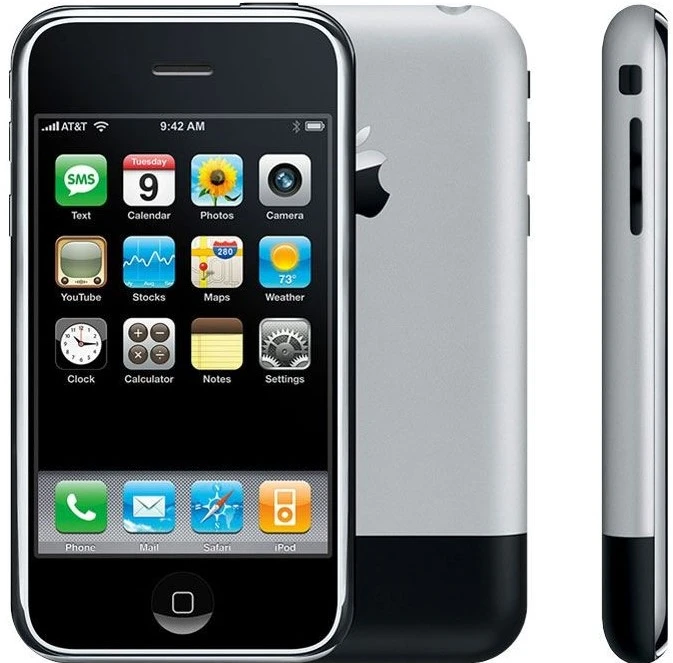
Specifications
Camera: Rear- 2 MP, No Front camera
RAM: eDRAM
ROM: 4GB/8GB/16 GB
Distinct Features: Multi-touch Display, Advanced Internet Connection Module
Battery: 1400 mAh
Processor: S5L8900
iPhone 3G
Apple released the iPhone 3G, a second-generation after great success with the first iPhone. Apple launched the iOS App Store the same year, replacing the Mac with MobileMe. Its design was very similar to the iPhone, and its buttons and connectors were the same as before. The iPhone 3G was the initial smartphone to include GPS, making apps like Google Maps more useful.

Specifications
Camera: Rear- 2 MP, No Front camera
RAM: eDRAM
ROM: 8GB/16 GB
Distinct Features: 3G, App Store, Headphones Connectivity
Battery: 1220 mAh
Processor: S5L8900
iPhone 3GS
The iPhone 3GS was created as a result of continuous efforts to enhance the performance of the iPhone. It was linked with the third generation and was two times faster than the previous version. Emphasis was placed on longer battery life, 3MP focusing camera, and hands-free voice control. In addition, iOS 3.0 was released, which added 100 new functions to the iPhone. Available functions include Kit, Copy, MMS, Horizontal Keyboard, and Spotlight Search. With the release of the iPhone 3GS, iPhone users gained access to Apple’s App Store, where they could download popular games and apps.

Specifications
Camera: Rear- 3.1 MP
RAM: eDRAM
ROM: 8GB/16GB/32GB
Distinct Features: Faster processor, iCloud cloud service, Maps, Photo editor, Voice command/dial
Battery: 1400 mAh
Processor: S5L8920
iPhone 4
The iPhone 4, a single fourth-generation phone that allows face time, retina display video calls, and a high-resolution display. Calling the iPhone 4 the first selfie mobile phone is not unfair. Apple also focused on finishing elements, creating the world’s thinnest mobile phone made of glass and stainless steel. It chose optical lamination and in-plane switching panels for this model, with a light-emitting diode backlight.
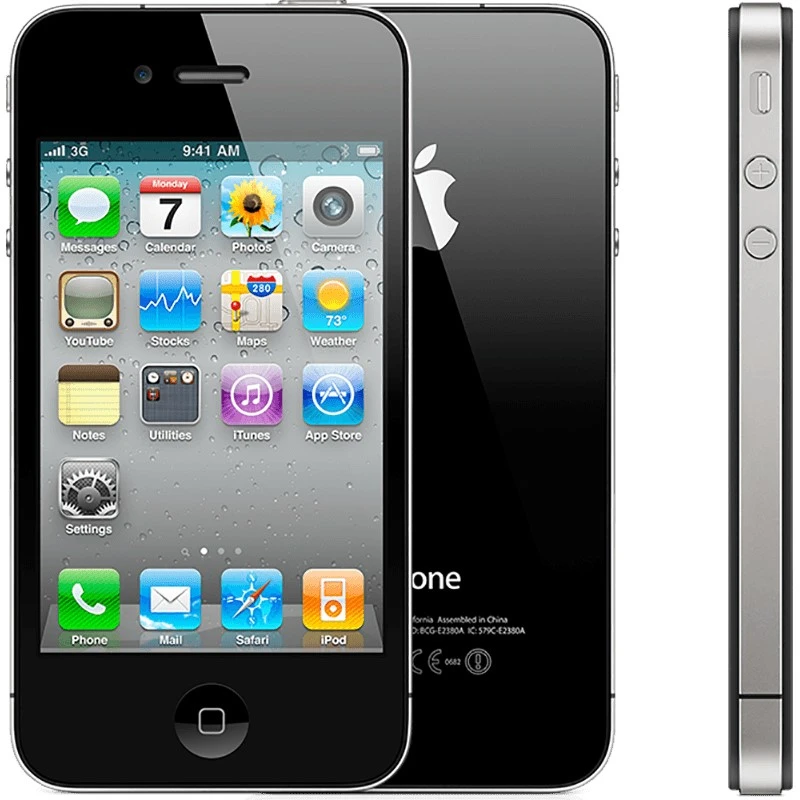
Specifications
Camera: Front- 0.3 MP & Rear- 5.0 MP, LED Flash
RAM: eDRAM
ROM: 8GB/16GB/32GB
Distinct Features: Retina Display, Front Camera with FaceTime, Twin microphones to enhance noise quality
Battery: 1420 mAh
Processor: S5L8930 A4
iPhone 4S
The iPhone 4S was launched as fifth-generation with several new functions, including AirPlay Mirroring. It allowed users to display their interfaces directly on Apple TV, and Siri which included a full virtual digital assistant with a Pixar-like figure. It was the first iPhone to have a rear camera to record 1080p video.
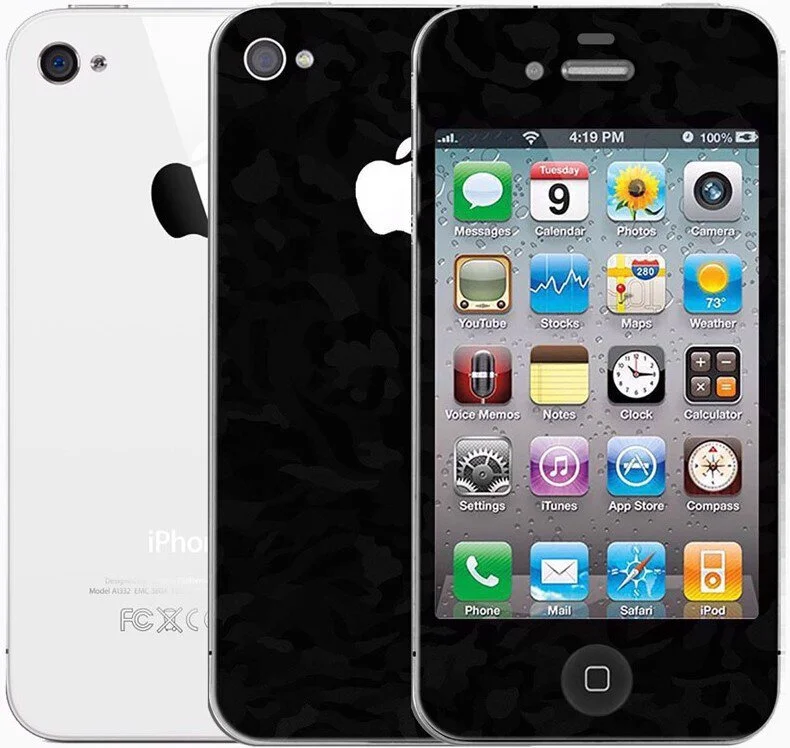
Specifications
Camera: Front- 0.3 MP & Rear- 5.0 MP, LED Flash, Panorama, HDR
RAM: eDRAM
ROM: 8GB/16GB/32GB/64GB
Distinct Features: Video support of 1080p, Siri as Personal Assistant
Battery: 1430mAh
Processor: 800 MHz Dual-core
iPhone 5
The iPhone 5 was a sixth-generation model with significant upgrades, which went beyond the 3: 2 aspect ratio to the widescreen 16: 9 format. It was the first iPhone to offer 4G LTE, replacing wireless service at that time. A third microphone was added to the model for better noise cancellation, and it was also reported to have a 5-element lens to improve sharpness.
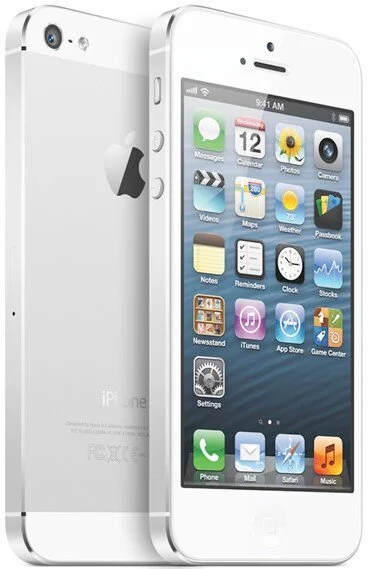
Specifications
Camera: Front- 1.2 MP & Rear- 8.0 MP, LED Flash, Panorama, HDR
RAM: 1GB
ROM: 16GB/32GB/64GB
Distinct Features: Brand new design, Lightning Connector
Battery: 1440 mAh
Processor: S5L8950 A6
iPhone 5C
The iPhone 5c was the seventh generation, basically a stylish smartphone with a plastic casing of different colors and a much cheaper price than previous generations. Other improvements included a better front-facing FaceTime camera and support for additional cellular LTE bands. For almost three months, it was one of the top three best-selling phones in the United States.
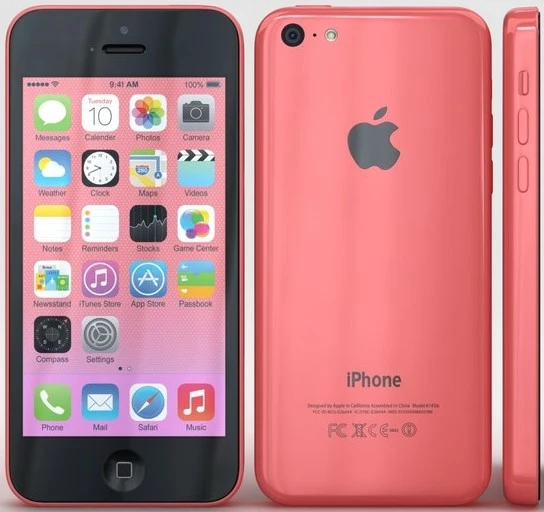
Specifications
Camera: Front- 1.2 MP & Rear- 8.0 MP, LED Flash, Panorama, HDR
RAM: 1GB
ROM: 8GB/16GB/32GB
Distinct Features: Multicolored Plastic Casing
Battery: 1560 mAh
Processor: S5L8950 A6
iPhone 5S
The iPhone 5S was the World’s only smartphone with a 64-bit operating system. It included Open GL-ES 3.0 graphics capability, allowing players to enjoy a highly accurate skin texture and shadows while gaming. It was the first iPhone with a fingerprint sensor in place of the home button.
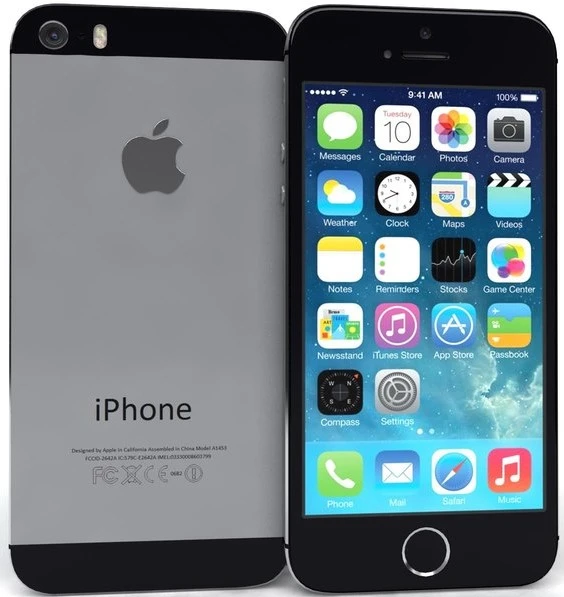
Specifications
Camera: Front- 1.2 MP & Rear- 8.0 MP, LED Flash, Panorama, HDR
RAM: 1GB
ROM: 16GB/32GB/64GB
Distinct Features: Fingerprint Sensor
Battery: 1560 mAh
Processor: S5L8960 A7
iPhone 6
Apple launched the iPhone 6 in the eighth generation, with a complete iPad-style design and large screen. It comes with faster mobile processors, higher resolution cameras, and NFC support for Apple Pay. This version also has an updated front camera with an f / 2.2 aperture and improved burst mode features.
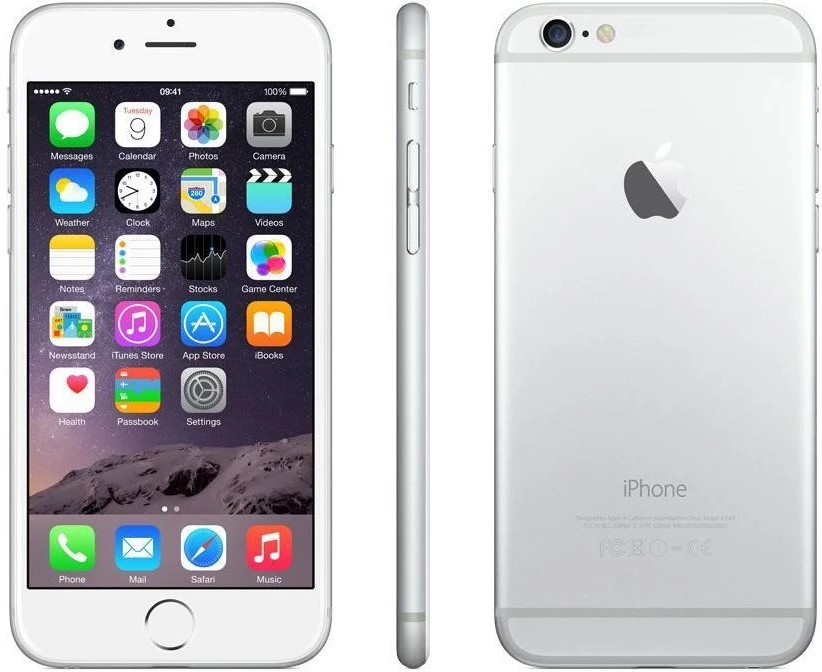
Specifications
Camera: Front- 1.2 MP & Rear- 8.0 MP, LED Flash, Panorama, HDR
RAM: 1GB
ROM: 16GB/32GB/64GB/128GB
Distinct Features: Not specified
Battery: 1810 mAh
Processor: T7000 A8
iPhone 6 Plus
iPhone 6 Plus has the overall same design as the iPhone 6 except small size. It has three main features: stabilizing the optical image for the camera, long battery life, and the landscape mode found on the iPad. In addition, this model includes significant camera improvements such as sensor upgrades, improved tone mapping, improved noise reduction, and new Focus Pixel technology.
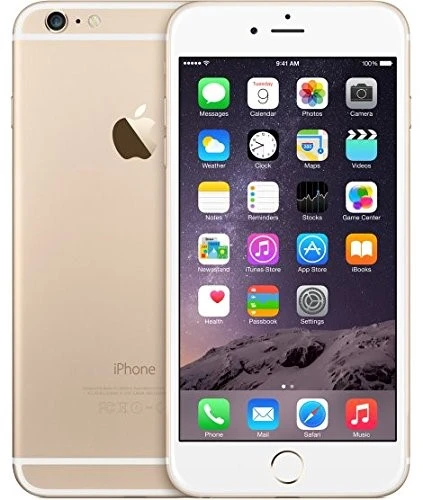
Specifications
Camera: Front- 1.2 MP & Rear- 8.0 MP, LED Flash, Panorama, HDR
RAM: 1GB
ROM: 16GB/64GB/128GB
Distinct Features: Large Screen
Battery: 2915 mAh
Processor: T7000 A8
iPhone 6S
iPhone 6S of the ninth generation, with Apple’s new S series. In this, everything was upgraded, from the camera to the processor. The device was made entirely of new materials, and new fundamental technologies were implemented in this model. It also enabled a new set of shortcut keys known as the “Peek” and “Pop” by Apple.
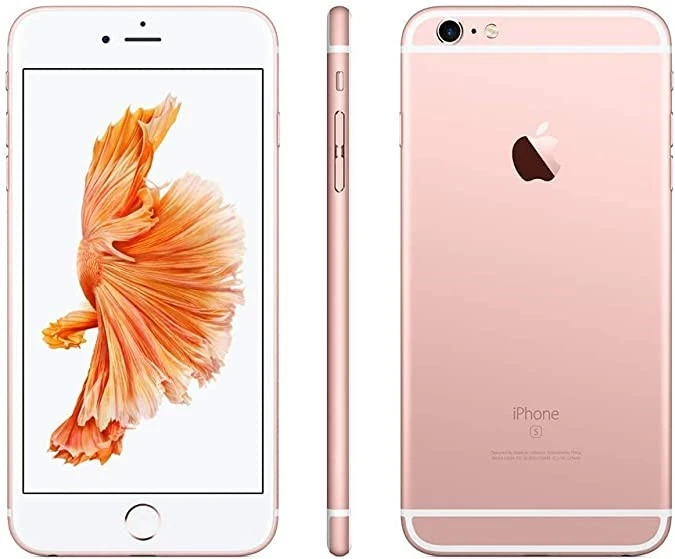
Specifications
Camera: Front- 5.0 MP & Rear- 12 MP, LED Flash, Panorama, HDR
RAM: 2GB
ROM: 16GB/32GB/64GB/128GB
Distinct Features: Made from a 7000 Series Aluminum Alloy
Battery: 1715 mAh
Processor: S8000 A9
iPhone 6S Plus
The iPhone 6s Plus had a similar look to the iPhone 6s, but it included more advanced functions such as it included a 5-megapixel front-facing FaceTime camera with True Tone Retina Flash, which illuminated the iPhone’s screen before taking a picture.

Specifications
Camera: Front- 5.0 MP & Rear- 12 MP, LED Flash, Panorama, HDR
RAM: 2GB
ROM: 16GB/32GB/64GB/128GB
Distinct Features: Made from a 7000 Series Aluminum Alloy
Battery: 2750 mAh
Processor: S8003 A9
iPhone 6 SE
Apple brought a large screen to the market in its tenth generation. After increasing larger frames, the Apple returns to the tiny screen. In terms of design, it resembles the iPhone 5S, same screen resolution, but with slightly superior components, such as doubled RAM, increased battery capacity, and the same rear camera as the iPhone 6S.
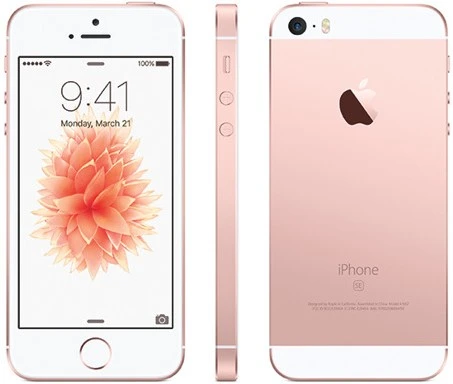
Specifications
Camera: Front- 1.2 MP & Rear- 12 MP, LED Flash, Panorama, HDR
RAM: 2GB
ROM: 16GB/32GB/64GB/128GB
Distinct Features: Small Screen
Battery: 1624 mAh
Processor: S8003 A9
iPhone 7
While the screen size and proportions remained the same, the iPhone in the eleventh generation underwent some significant internal changes. The model underwent minor design adjustments approved as water and dust-resistant. A “solid-state” pressure-sensitive button replaces the traditional home button. In this model, the headphone jack was also removed, making it the first to do so in the series.
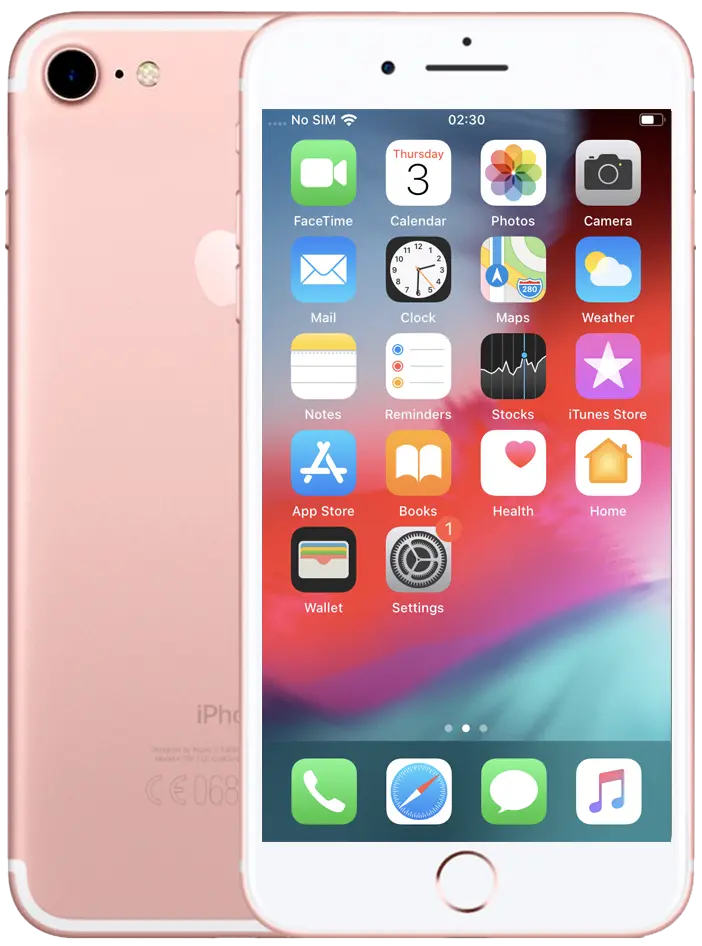
Specifications
Camera: Front- 7.0 MP & Rear- 12 MP, LED Flash, Panorama, HDR
RAM: 2GB
ROM: 32GB/128GB/256GB
Distinct Features: Small Screen
Battery: 1960 mAh
Processor: T8010 A10 Fusion
iPhone 7 Plus
All of the features of the iPhone 7 were available on the iPhone 7 Plus, which had a larger 5.5-inch screen with IPS technology and a multi-touch display. The phone was the first to have a dual-lens camera in the series.
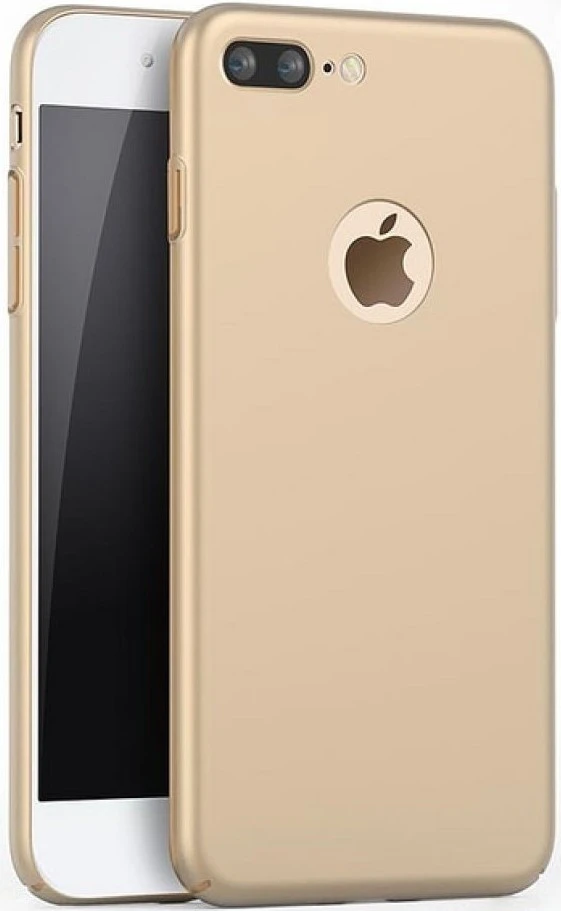
Specifications
Camera: Front- 7.0 MP & Rear- 12 MP, LED Flash, Panorama, HDR
RAM: 2GB
ROM: 32GB/128GB/256GB
Distinct Features: Large Screen (iPhone 6 Plus Model)
Battery: 2900 mAh
Processor: T8010 A10 Fusion
iPhone 8
The iPhone 8 was the twelfth generation, featured a new glass body design, as well as the Touch ID Home button and thick borders at the top and bottom of the screen. It came with a 4.7-inch screen having True Tone, 3D Touch, and P3 broad color support for a wider range of colors. It even had the capacity to charge itself when placed on top of a Qi-certified inductive charger.
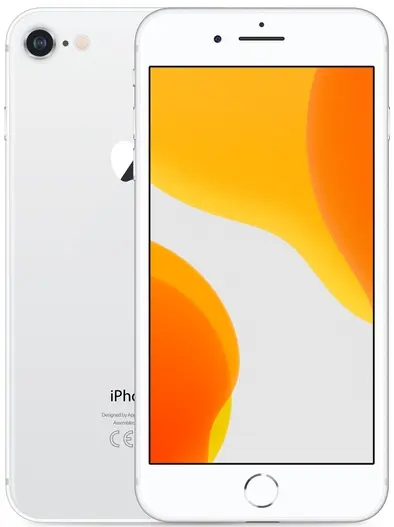
Specification
Camera: Front- 7.0 MP & Rear- 12 MP, LED Flash, Panorama, HDR
RAM: 2GB
ROM: 64GB/256GB
Distinct Features: Wireless charging
Battery: 1821 mAh
Processor: T8015 A11 Bionic
iPhone 8 Plus
iPhone 8 Plus had a similar appearance to older models when it was released with iPhone 8. In comparison to prior generations, it had upgraded cameras and sensors. It also has a new image signal processor for the A11, which improved low-light performance.
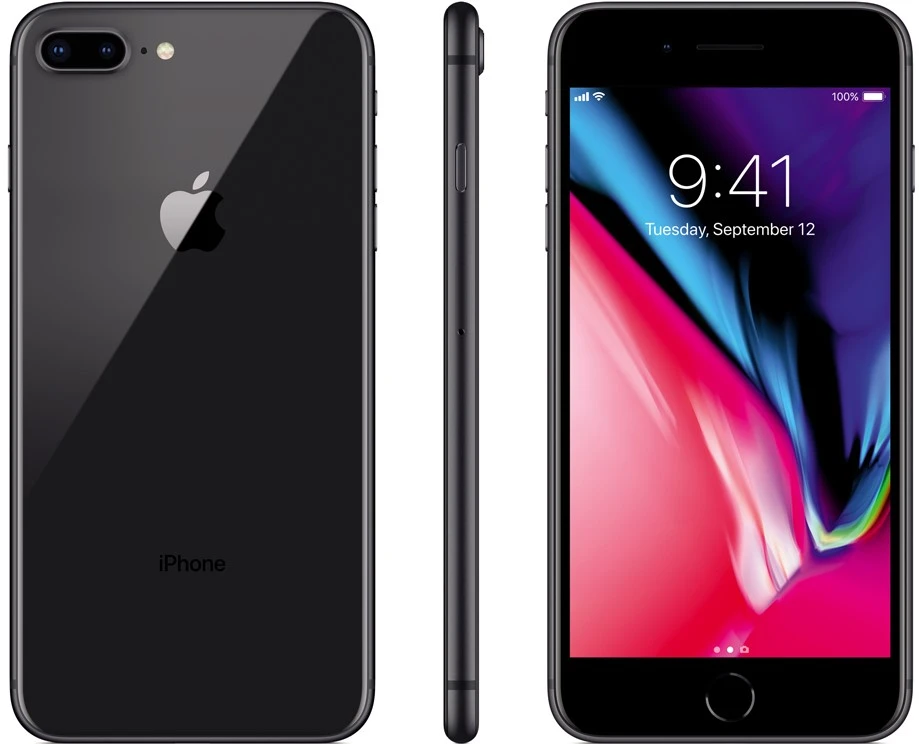
Specification
Camera: Front- 7.0 MP & Rear- 12 MP, LED Flash, Panorama, HDR
RAM: 3GB
ROM: 64GB/256GB
Distinct Features: Waterproof, Haptic sensor
Battery: 2691 mAh
Processor: T8015 A11 Bionic
iPhone X
Apple released its first phone with an OLED screen in the thirteenth generation. The iPhone X marked a significant design departure in the iPhone lineup as a whole. It located the camera and sensors at the top of the screen on the front of the phone, removing all borders from the display. The device’s glass body was water and dust-resistant, and it even supported inductive wireless charging.
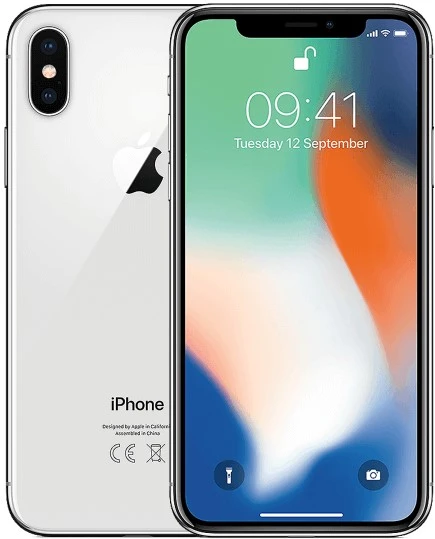
Specifications
Camera: Front- 7.0 MP & Rear- 12 MP, LED Flash, Panorama, HDR
RAM: 3GB
ROM: 64GB/256GB
Distinct Features: Face ID, Waterproof, Border-less design, OLED Display
Battery: 2716 mAh
Processor: T8015 A11 Bionic
iPhone XS
With compatibility for Retina Vision, HDR 10, and wide color, the iPhone XS, a fourteenth generation-(14.1) smartphone, has the sharpest OLED screen and maximum pixel density. It was covered by the hardest glass ever used in a smartphone. Support for wireless charging was added, as well as edge-to-edge screens and a TrueDepth Camera System for Face ID.
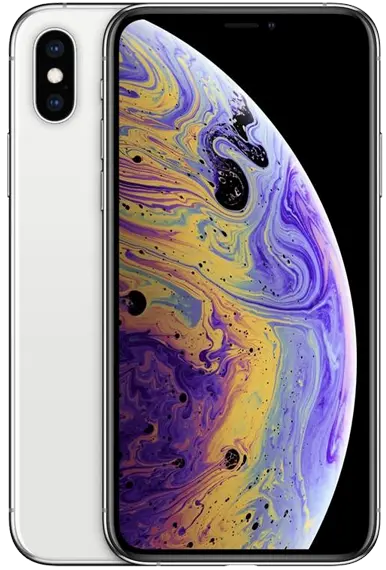
Specifications
Camera: Front- 7.0 MP & Rear- 12 MP, LED Flash, Panorama, HDR
RAM: 4GB
ROM: 64GB/256GB/512GB
Distinct Features: Larger battery, Wireless Charging, Waterproof
Battery: 2658 mAh
Processor: T8020 A12 Bionic
iPhone XS Max
The 6.5-inch display on the iPhone XS Max is the largest Apple has ever produced. Other updates included Gigabit-class LTE with 44 MIMO, Bluetooth 5.0, and Dual-SIM possibilities with a nano-SIM and an eSIM incorporated, enabling simultaneous use of two phone numbers.
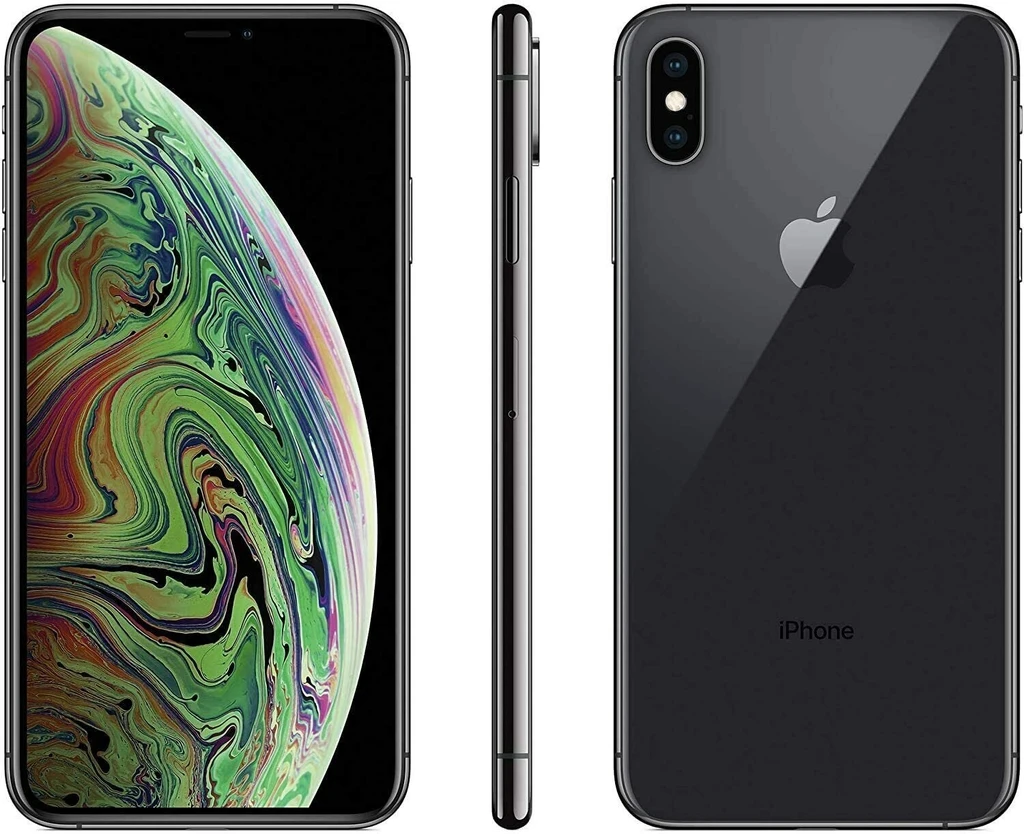
Features
Camera: Front- 7.0 MP & Rear- 12 MP, LED Flash, Panorama, HDR
RAM: 4GB
ROM: 64GB/256GB/512GB
Distinct Features: Larger battery, Wireless Charging, Waterproof
Battery: 3174 mAh
Processor: T8020 A12 Bionic
iPhone XR
The iPhone XR was also released for the fourteenth generation-(14.2). It was sold as a budget-friendly smartphone for those who did not want Apple’s latest technologies. It had an all-glass casing with precision machined 7000 series aerospace-grade aluminum frame. It had a new “Liquid Retina” display, which Apple called the “most advanced LCD ever in a smartphone” with 120Hz touch smart sensors.
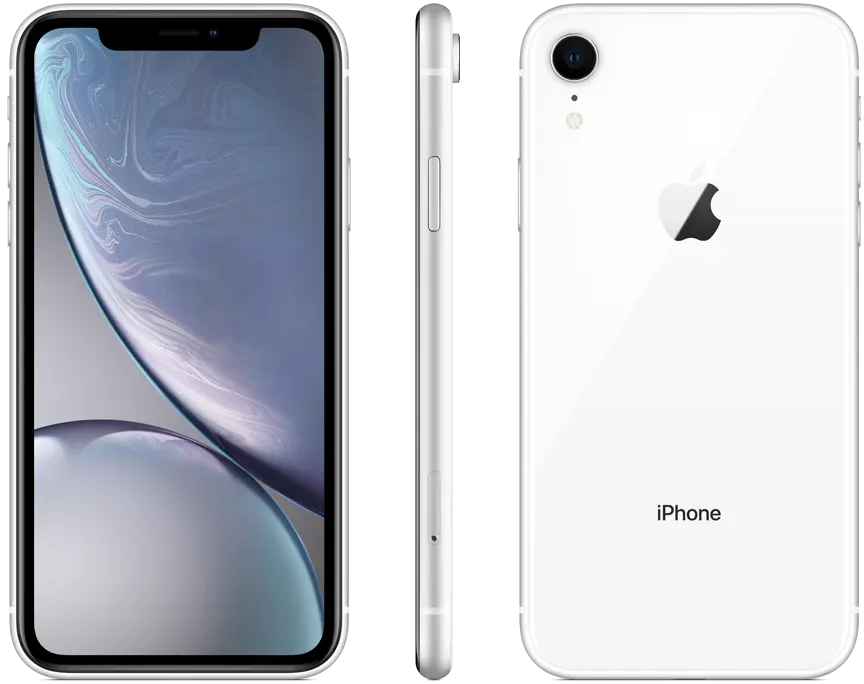
Specifications
Camera: Front- 7.0 MP & Rear- 12 MP, LED Flash, Panorama, HDR
RAM: 3GB
ROM: 64GB/128GB/256GB
Distinct Features: Large Screen, Liquid Retina Display
Battery: 2942 mAh
Processor: T8020 A12 Bionic
iPhone 11
The iPhone 11 came in the fifteenth generation, like iPhone XR, equipped with Haptic Touch. Apple recognized it as having the strongest glass ever used in a smartphone and better water resistance. The device’s camera system had a regular wide-angle camera as well as a new ultra-wide-angle camera, but it lacked a telephoto camera lens.
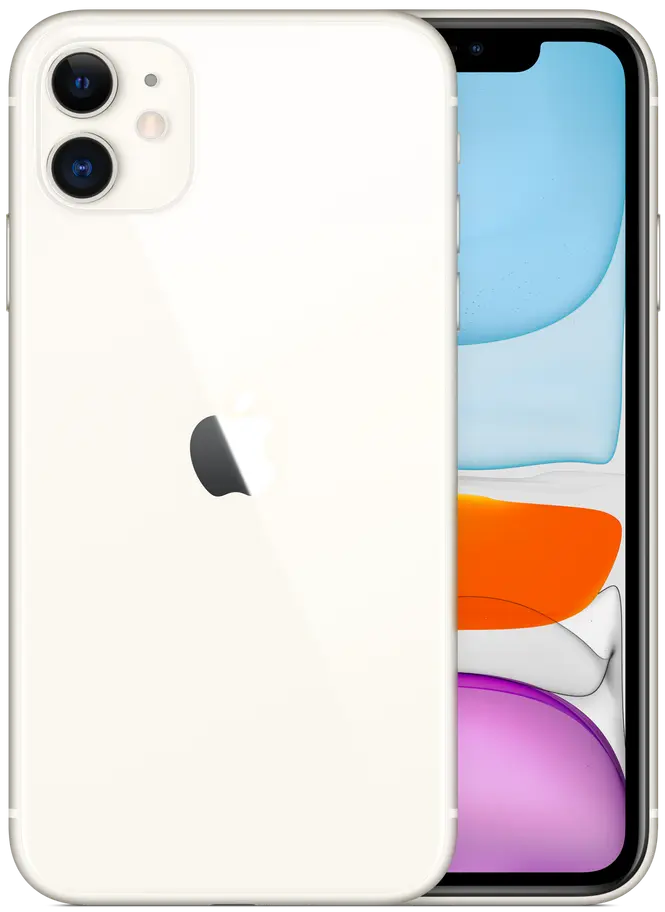
Specifications
Camera: Front- 12 MP & Rear- 2X- 12 MP, LED Flash, Panorama, HDR
RAM: 4GB
ROM: 64GB/128GB/256GB
Distinct Features: Dual Camera Sensors
Battery: 3110 mAh
Processor: T8030 A13 Bionic
iPhone 11 Pro
iPhone 11 Pro featured Haptic Touch and was available in textured matte finishes. The camera of this model was redesigned to provide a more attractive experience, allowing users to use the ultra-wide-angle camera to record beyond the screen. All of the device’s cameras were made available for video recording.

Specifications
Camera: Front- 12 MP & Rear- 3X- 12 MP Triple Camera, LED Flash, Panorama, HDR
RAM: 4GB
ROM: 64GB/256GB/512GB
Distinct Features: Triple Camera Sensors- Wide, Telephoto, and Ultrawide
Battery: 3046 mAh
Processor: T8030 A13 Bionic
iPhone 11 Pro Max
The iPhone 11 Pro Max has a 6.2-inch display with the same features as the iPhone 11 Pro. This smartphone had a three-lens camera system on the rear, with autofocus on the wide and telephoto lenses. It was certified to withstand a maximum depth of four meters of water-resistance rating.
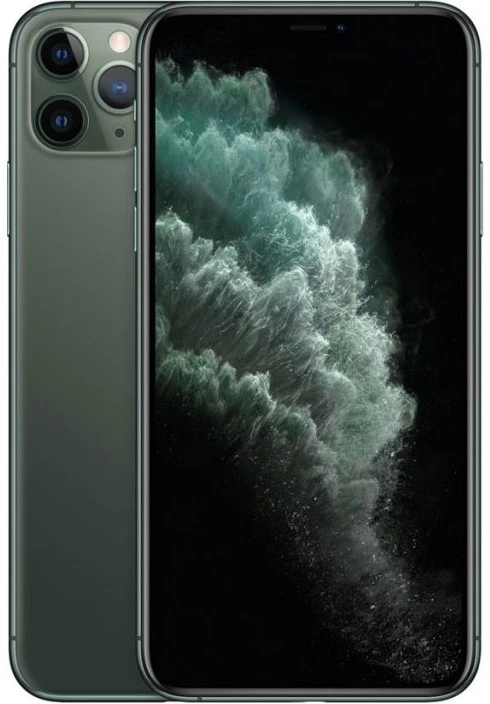
Specifications
Camera: Front- 12 MP & Rear- 3X- 12 MP Triple Camera, LED Flash, Panorama, HDR
RAM: 4GB
ROM: 64GB/256GB/512GB
Distinct Features: Large Screen, Triple Camera Sensors- Wide, Telephoto, and Ultrawide
Battery: 3969 mAh
Processor: T8030 A13 Bionic
iPhone SE (2020)
In 2020, Apple released the iPhone SE, one of its most successful products of all time. It had a slim body, a 4.7-inch Retina HD screen, and a front home button with Touch ID. The thick borders were a throwback to the previous iPhone versions.
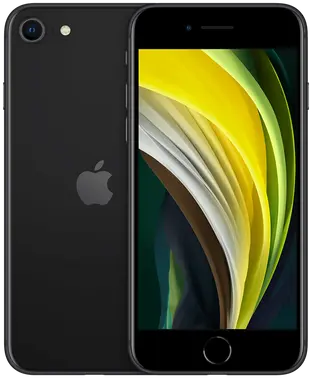
Specifications
Camera: Front- 7.0 MP & Rear- 12 MP, LED Flash, Panorama, HDR
RAM: 3GB
ROM: 64GB/128GB/256GB
Distinct Features: Small Screen
Battery: 1821 mAh
Processor: A13 Bionic
iPhone 12
In generation sixteen, Apple launched iPhone 12 with excellent functions at a very low price. This model, which replaced the iPhone 11, features Super Retina XDR OLED displays for the first time, as well as an edge-to-edge design. It was offered in a rainbow of colors.

Specifications
Camera: Front- 12 MP & Rear- 2X- 12 MP, LED Flash, Panorama, HDR
RAM: 4GB
ROM: 64GB/128GB/256GB
Distinct Features: Large Screen, 5G, 4K Video support, AR Support
Battery: 2815 mAh
Processor: A14 Bionic
iPhone 12 mini
iPhone 12 mini transformed the inclination of large screens and was introduced as an alternative for pocket-size. Its small and lightweight body makes it amazing to carry. This smaller iPhone with simply wide-point, ultra wide-point, and image processing software was valued for making marvelous pictures.

Specification
Camera: Front- 12 MP & Rear- 2X- 12 MP, LED Flash, Panorama, HDR
RAM: 4GB
ROM: 64GB/128GB/256GB
Distinct Features: 5G, 4K Video support, AR Support
Battery: 2227 mAh
Processor: A14 Bionic
iPhone 12 Pro
iPhone 12 Pro of the eighteenth generation allowed 5G network to get quicker downloads and transfers, better quality video real-time, further developed gaming, and better quality 1080p FaceTime calls (this was made accessible for all iPhone 12 models). This model of iPhone was lodged with capacities to provide a high-level 5G experience on a worldwide scale.

Specifications
Camera: Front- 12 MP & Rear- 3X- 12 MP, LED Flash, Panorama, HDR
RAM: 6GB
ROM: 128GB/256GB/512GB
Distinct Features: High-End Camera with LiDAR Scanner, Dolby Vision, 5G, Wireless Charging
Battery: 2815 mAh
Processor: A14 Bionic
iPhone 12 Pro Max
iPhone 12 Pro Max remains the more prominent mode from all of the four models in the series. It has a greater 6.7-inch Super Retina XDR contrast with the iPhone 11 Pro Max. Apple guaranteed this model to have predominant video quality, with the addition of 10-bit color depth imagery in HDR video.

Specifications
Camera: Front- 12 MP & Rear- 3X- 12 MP, LED Flash, Panorama, HDR
RAM: 6GB
ROM: 128GB/256GB/512GB
Distinct Features: Large Screen (6.7inch), High-End Camera with LiDAR Scanner, Dolby Vision, 5G, Wireless Charging
Battery: 3687 mAh
Processor: A14 Bionic
iPhone 13
iPhone 13 is the first seventeenth generation smartphone, an excellent addition to the iPhone 12 series of Apple iPhone. It has the same rectangular shape design as the iPhone 12 and 12 mini, but with the addition of an upgraded ladder. This device has a wide-angle camera with a higher sensor and sensor-based stabilization, and upgraded photographic styles feature.
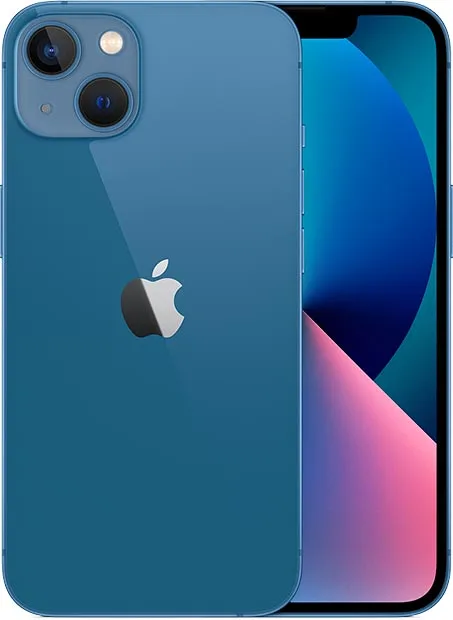
Specifications
Camera: Front- 12 MP & Rear- 2X- 12 MP, LED Flash, Panorama, HDR
RAM: 4GB
ROM: 128GB/256GB/512GB
Distinct Features: High Sensor Camera, Water Resistances
Battery: 3240 mAh
Processor: A15 Bionic chip
iPhone 13 mini
iPhone 13 mini has a 5.4-inch Super Retina XDR OLED screen with HDR10 compatibility. It can withstand dipping for up to 30 minutes at a depth of 6 meters. The iPhone 13 smaller than the first iPhone of 2021, could be the last ‘mini’ iPhone.
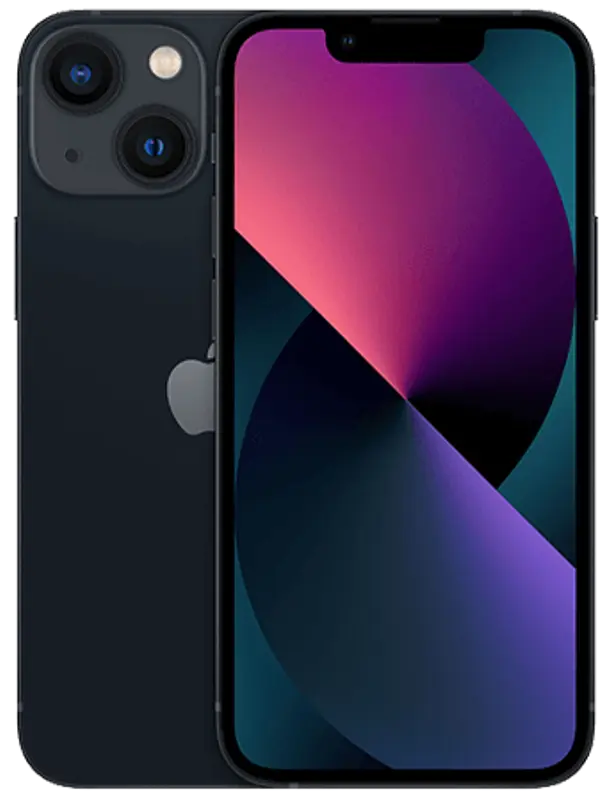
Specifications
Camera: Front- 12 MP & Rear- 2X- 12 MP, LED Flash, Panorama, HDR
RAM: 4GB
ROM: 128GB/256GB/512GB
Distinct Features: Small Screen, Water Resistance
Battery: 3240 mAh
Processor: A15 Bionic chip
iPhone 13 Pro
The iPhone 13 Pro offers a Super Retina XDR touchscreen with ProMotion, as well as wide, ultra-wide, and telephoto cameras. It contains a LiDAR scanner for Night Mode photography and a 1 TB version with greater capacity than any previous iPhone. It provides all of the new camera features resulting in relatively large file sizes.

Specifications
Camera: Front- 12 MP & Rear- 3X- 12 MP, LED Flash, Panorama
RAM: 6GB
ROM: 128GB/256GB/512GB/1TB
Distinct Features: ProMotion Technology with Adaptive Refresh Rates Upto 120Hz, Lidar Scanner, MagSafe
Battery: 3095 mAh
Processor: A15 Bionic chip
iPhone 13 Pro Max
The iPhone 13 Pro Max has all the features of the Pro and the same screen size as the iPhone 12 Pro Max. Despite being the same size as the successor, it is slightly heavier and thicker in weight and has an additional GPU. The iPhone Pro Max is the most advanced type available.

Specifications
Camera: Front- 12 MP & Rear- 3X- 12 MP, LED Flash, Panorama
RAM: 6GB
ROM: 128GB/256GB/512GB/1TB
Distinct Features: ProMotion Technology with Adaptive Refresh Rates Upto 120Hz, Lidar Scanner, MagSafe, Long-standing Battery
Battery: 4352 mAh
Processor: A15 Bionic chip
Final Words
With the introduction of the first iPhone in 2007 to a complete list of iPhone, it seems that the company’s strategy for developing the appropriate hardware has long yielded accurate results. Apple initially released the iPhone every year. This gradually changed, and the launching of new models became closer to each other. The Apple iPhone has undergone many changes, such as memory capability, camera, processor, casing, size, apps, workspace, and leisure center, but it has proved its worth over time.

